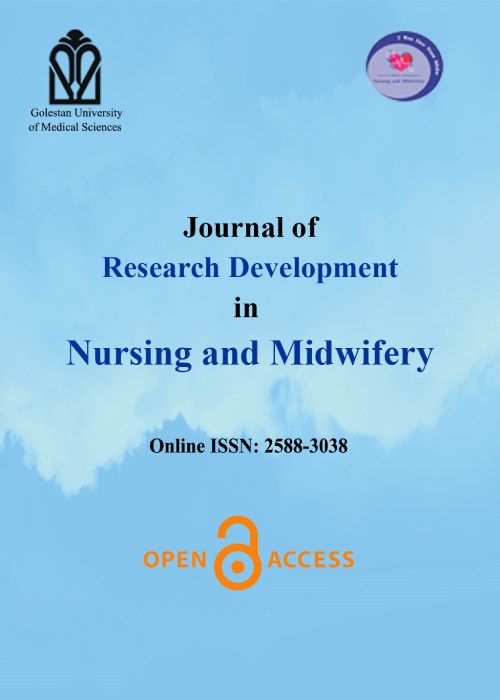Distribution Pattern of Stressful Events in Districts of Tehran, Iran: Evidence from a Regional Survey
Tehran metropolis has been the center of urban growth in Iran in recent decades, which has led to the growth of psychological problems and stressful events. The present study aimed to determine the distribution of stressful events in different districts of Tehran.
The present descriptive-analytical study examined 5,985 citizens of Tehran in 2018. Subjects were selected via multi-stage cluster sampling, and data were collected using a researcher-made questionnaire to measure stressful events. The exploratory and confirmatory factor analyses confirmed the validity and reliability of the questionnaire, respectively. Eleven stressors were extracted based on factor analysis, which were scored from 0 to 100. Mean scores of stressful events were compared using one-way analysis of variance and the Tukey's post hoc test. All statistical analyses were carried out using SPSS 16 and AMOS 18. The statistical significance level was set to 0.05.
The mean total score of stressful events was 6.78. The highest and lowest scores of stressful events were related to fear of the future (15.15) and academic changes (1.11), respectively. Results of the Tukey's post hoc test indicated differences between districts 12 and 20 in political problems, between districts 11 and 16 in neighborhood underdevelopment and social harm, between districts 16 and 19 in the livelihood problems, and between districts 1 and 2 in educational problems and educational changes. Moreover, mean scores of stressful events were highest in districts 1 in terms of worry about the future, in district 22 in terms of individual changes, in district 20 in terms of occupational difficulty, and in district 18 in terms of housing problems. There was no significant difference in the mean scores of stressful events due to employment and family relationships between the districts.
Based on the results, residents in less developed districts of Tehran, with poor urban facilities, are less affected by events due to subsistence, occupational, and economic issues, while residents in more developed districts are more affected by non-subsistence events, such as filtering, political instability, social constraints, and other factors.
- حق عضویت دریافتی صرف حمایت از نشریات عضو و نگهداری، تکمیل و توسعه مگیران میشود.
- پرداخت حق اشتراک و دانلود مقالات اجازه بازنشر آن در سایر رسانههای چاپی و دیجیتال را به کاربر نمیدهد.


